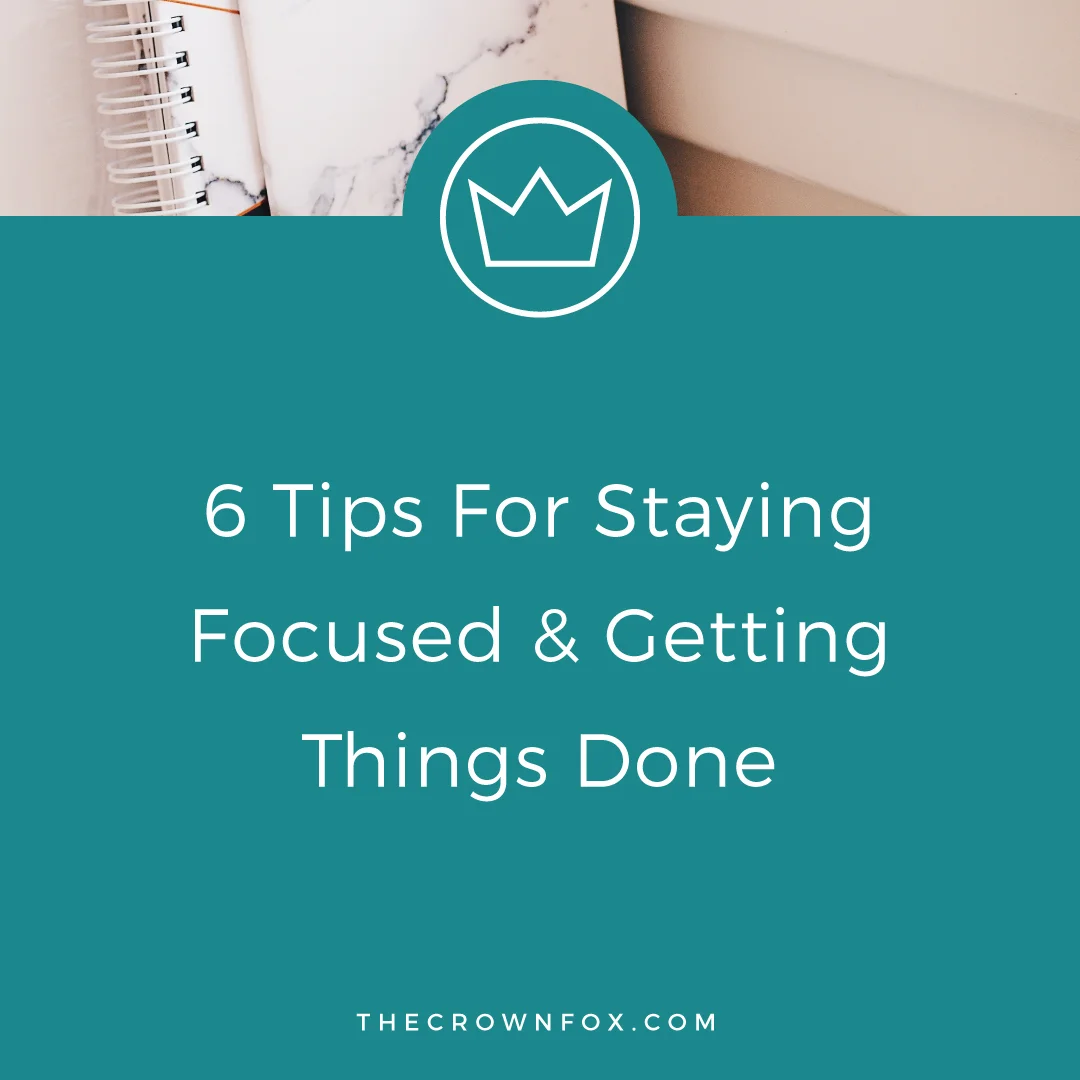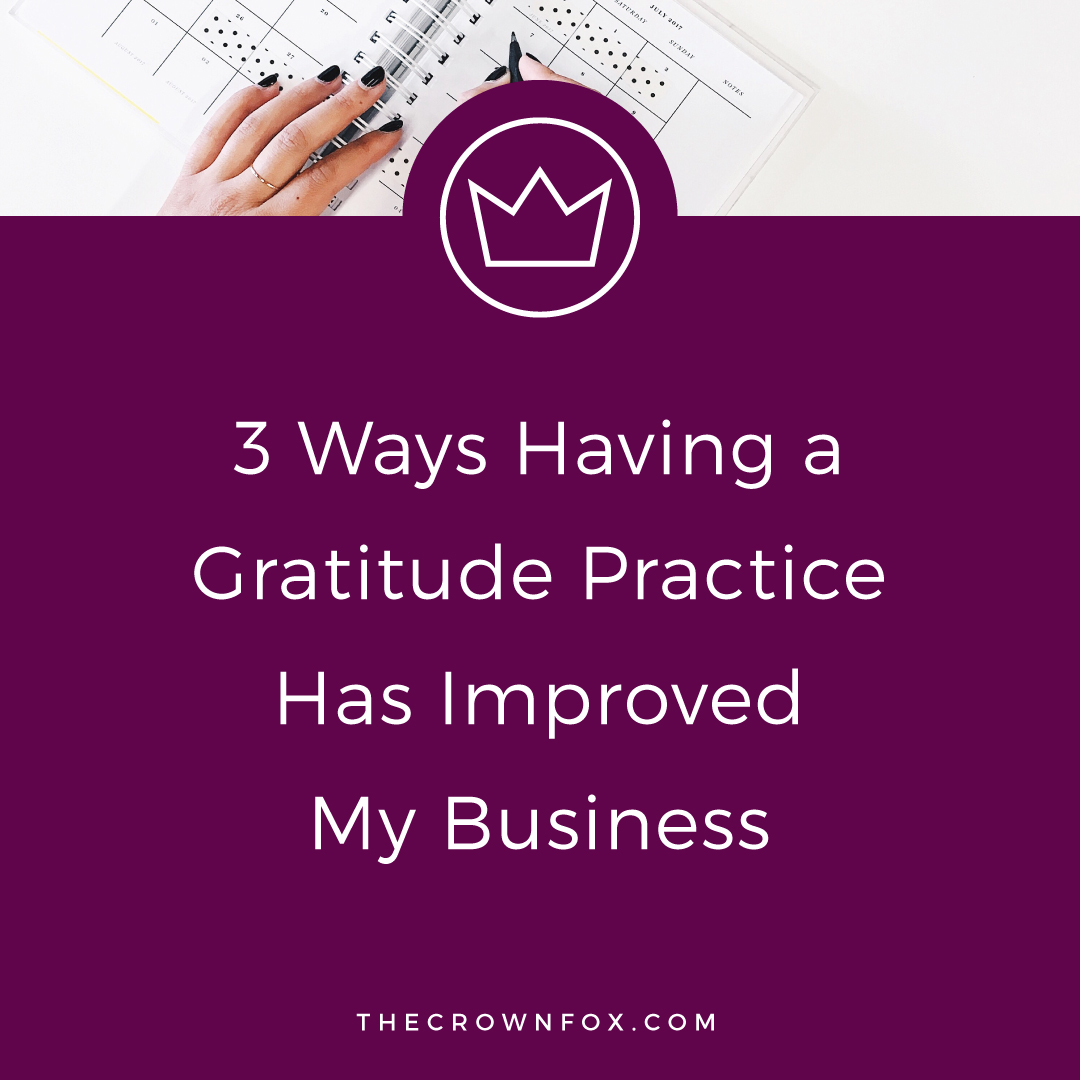You want to grow your blog, get viewers, and get interactions, right? I get asked how I do this on my own blog a lot, so I thought I'd share some things I do in my own business to grow my blog. My methods are a combination of trial and error, things I’ve read, and instinct, so take these 8 ways and see what you can implement into your own business.
BE SOCIAL ON SOCIAL MEDIA
Here’s the thing about social media – it only works when you do. I can attest to this on personal experience! When I get overwhelmed work-wise, social media is the first thing I abandon. I ALWAYS regret that decision, too! It definitely reflects immediately in page views, interactions, and inquiries for me.
I’m not just talking about scheduling your tweets and pins; I’m talking about actually getting on there and connecting with people. When you join a Twitter chat or spend time watching other’s Periscopes you begin to interact with people that want to find out more about you and so they head to your site. Chances are if something resonates with them they will share it, thus sending their peers to you.
Now, I don’t mean this manipulatively. Don’t just get social in a fake way in hopes to grow your blog. Instead realize the importance of this networking (the same way you would network for a brick and mortar business) and devote time to doing that. Even if it’s an hour a week in a Twitter chat, I know you will see results. Some of my favorite Twitter chats are #CreateLounge from Kayla Hollatz and #CreativeCoffeeHour from Callie Gisler.
GET ACTIVE ON PINTEREST GROUP BOARDS
Pinterest is a hugely valuable tool for growing your blog – if you use it right. Yes, you need to be sharing your content to your Pinterest account and yes, you need to be repinning other people’s content, but don’t forget to get active on group boards! There are so many out there that are hyper focused to whatever your niche is and they are SO useful for getting your content seen by THOUSANDS of people.
Finding group boards and joining can be a little bit of work up front. I went to some of my “Pinterest Idols” and researched what group boards they were a part of, and then made a point to join and get active on those ones. I also created my own group board to help myself stand out as someone worth following and looking into.
Some group boards that I really like browsing through (and sharing my content to) are Creative Bloggers + Biz Owners and the Blogging Boost Official Board.
USE THE DAILY EVENTS IN FACEBOOK GROUPS
Other amazing resources include the Facebook groups that different entrepreneur’s run. They usually have some sort of themed day where you can share things like a tweet or a blog post or a promotion. These are great because you can get exposed to a new audience and also you can find new people that you want to follow and interact with.
There are usually rules for these interactions and I think following them is a vital part to the ‘trust system’ of these Facebook groups. Basically, don’t be greedy. If you expect others to share your content, then be sure to share their content too.
Facebook groups are also a fantastic way to research things that people have questions or concerns about and make sure you are putting out content that answers those needs. But we will cover that a few points down!
I love the Freelance to Freedom Facebook group so much! The Tweet Tuesdays are my favorite day because you can customize a tweet and have so many new people share it with their audience. It’s easy promotion and also a fun way to meet and interact people (and makes filling up my buffer queue a lot easier)!
WRITE (A LOT OF) GOOD + SHAREABLE CONTENT
This is another one that I can say from personal experience – don’t sacrifice your content when your schedule gets crazy. I am still recovering from a period of absent-blogging because I was just too overwhelmed. Now, I know, easier said than done. Things get busy and get hard and life happens and something has to be sacrificed but having content that is good, shareable, robust, and pertinent to your business is so incredibly valuable.
The more good content you have out there the more reasons someone has to visit your site, stick around, and share it with their peers. Content doesn’t necessarily have go come in the form of traditional blog posts either. It can be videos, checklists, guides, etc.
MAKE YOUR WEBSITE EASILY NAVIGABLE
As a designer I can't emphasize enough how the experience someone has on your website is so essential to their overall impression of your brand and your business. You need to have a website that is efficient and easily navigable so that it’s obvious how to get to more posts, how to search for posts, how to read more related posts, and how to get around and see what else you’ve got to offer. Make it foolproof. Make it obvious. There is absolutely no reason to try and be elusive on your website.
Something I highly recommend is having an avenue to more posts at the end of your blog post. So I include a summary block that links to “Posts You Might Be Interested In” in an effort that by the time they get to the bottom of one post they will click over to another. I see this in action too because I’ll get comments from the same person back-to-back, clearly clicking between posts. It’s an awesome pat on the back that one of my systems is working!
I also encourage clients to utilize their archives or categories to make it easy for someone visiting your site to find more similar content. If they really like one post, let’s make it super easy to find more.
ANSWER QUESTIONS WITH YOUR BLOG POSTS
I started to mention this earlier, but just to expound on it more: make your blog posts (or other content) relevant. If you get asked the same question repeatedly (like how do I get more blog views – the inspiration for this post) then make a point to make the answer readily available. If you know people want to know the answer, then answer it for them!
Think of this scenario: you want to cook dinner for your significant other, but you have no ideas. You search for a recipe and find one, cook it, make an amazing meal that he/she LOVES and raves about. You are so excited! Then of course you tell your friends, your sister, your mom, the girl at the counter at Target, and anyone else who will listen about it and refer them to this website because clearly they have amazing recipes.
You want the same thing to happen with your blog. You want to answer someone’s question SO expertly that they can’t help but be overjoyed at the knowledge bombs you dropped that they have to share it.
LINK TO YOURSELF (+ OTHERS)
Another great way to grow your blog traffic is to link to yourself throughout posts and link to others. Linking to yourself works similarly to the point I was making before about having people know where to click next. I’ve done it throughout this post – linked to any of my services, offerings, or other relevant blog posts that I’ve mentioned. This is so you, potentially a first time reader, can learn more about me and what I do and continue to peruse my site.
Linking to others works in a few ways: it can help build authority, for starters. If I link to people that are making waves and doing awesome things then it shows that I to follow them and want to make waves and do awesome things. It also helps to establish that we run in the same circles and are friends by association. Another way it works is that it puts you in front of that person and increases the chance that they might share your content.
Now, again, don’t be greedy and expect a share automatically. But maybe you can tweet and say “Read this post about 8 ways to grow your blog traffic, featuring @whoeveryoumentioned and @theotherpersonyoumentioned” and a simple retweet might send 100s of new fans your way.
MAKE IT EASY TO SHARE
Lastly, and perhaps most importantly, make it EASY to share. Put social links everywhere. Put pinnable graphics with descriptions already written. Put social share links on your website that pop up (like the ones I have to the left). Put click-to-tweets. Make it so dang easy that there is no reason NOT to share your amazing content.
We are all super busy and the easier you make it for someone to add you to their buffer queue or pin your blog post, the more likely it will happen. Heck, ask for the share! End your blog post with a call to action that says something like “Would your friends want to grow their blog traffic? Share this post now!” and include social links.
Overall I hope one or more of these ideas help you to increase your blog traffic. Let me know in the comments which ways you are going to try out in your own business or blog! I can’t wait to hear your responses!












Hi! I’m Kaitlyn!
I believe that you can create a life and business you love by listening to your own inner guidance system. I think there's plenty of strategies + hacks to learn and a ton of “how to” content you can consume but ultimately you are your best guide, the best guru, the best compass, and the best source of inspiration! I’m here to help you learn to trust that voice inside, step into your incredible power, and create YOUR dream business + life.
Let’s work together!